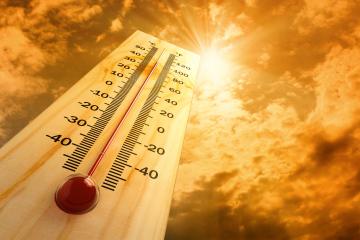
Exposure to air pollution can affect everyone’s health. When we breathe, pollution enters our lungs and can enter our bloodstream. Air pollution can contribute to small annoyances like coughing or itchy eyes. It can also cause or worsen many diseases involving the lungs and breathing.
No matter where you live, you can be exposed to air pollution. The type and amount of exposure varies depending on your location, the time of day, and even the weather. Exposure to air pollution is higher near pollution sources like busy roadways or wood-burning equipment. Many of our daily activities expose us to higher levels of air pollution. Idling cars, gas-fueled equipment and chemicals we use in our homes all contribute to overall air pollution and expose us to harmful air pollutants.
Populations most at risk of health problems related to air pollution
People’s health risk from air pollution varies widely depending on age, where they live, their underlying health, and other factors.
- People with lung diseases, such as asthma, chronic bronchitis, emphysema and chronic obstructive pulmonary disease
- Infants and young children
- People who work or exercise outdoors
- Adults over 65
- People with a cardiovascular disease
- People who lack access to health care
- People who smoke or are exposed to second-hand smoke
- People working in occupations where there is high exposure to contaminated air
- People who spend a lot of time near busy roadways
Your exposure to air pollution can change

On any given day, the types and amounts of pollution we breathe vary by our location, the time of day and even the weather.
Proximity - Air pollution levels are higher the closer you are to an emissions source. For most of us, our highest exposure to air pollution occurs near busy roadways. But it could be a burn barrel or backyard fire pit, too.
Time and season - Fine particle levels are often highest in the morning, but can be elevated at any time of the day. Ozone is a summertime pollutant. Ozone levels are highest in the afternoon and evening.
Temperature - Fine particle levels often increase during unseasonably warm winter days. Most unhealthy ozone days occur when daytime high temperatures exceed 90 degrees.
Weather - On days with fog, light or no wind or temperature inversions, weather conditions can allow pollution to build to unhealthy levels.
Human health effects of the six criteria pollutants
The primary standards established for the criteria pollutants have specific health effects. The secondary standards are currently set at the level of the primary standard or at levels higher than the primary standard so generally the human health effects of air pollution are driving mitigation strategies. Click through the tabs below to learn more about the human health effects of the six criteria pollutants.






